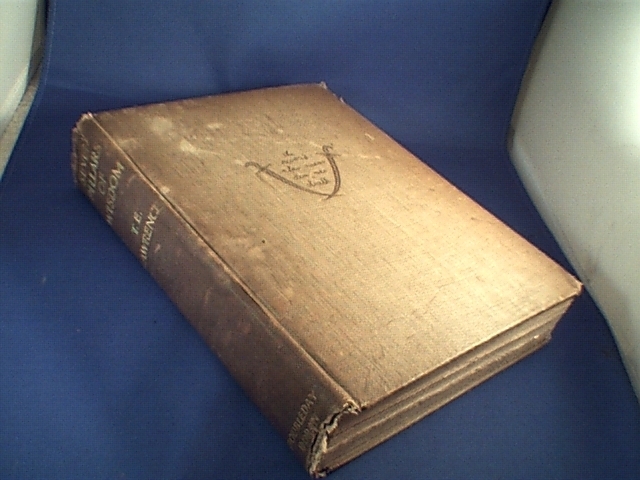


Years later John 'Ian' Bartholomew remembered a particularly exciting event. A printer.' Bartholomew received the order on 6 July.

'If you can get me an address of a really good firm I'll write to them and explain myself. T E Lawrence wrote to D G Hogarth, President of the Royal Geographical Society, on 2 April 1926, requesting his advice for a good cartographer. It seems to reflect a high level of trust in Bartholomew and Lawrence in the original map and the route shown. This is despite the availability of superior topographic information. Later editions of 'Seven Pillars' continued to use Bartholomew's map as a basis for the army's route across the desert. However, later mapping shows that Bartholomew's map was incorrect by over 30 miles. It was the best mapping available at the time. Bartholomew based the map on British War Office mapping of the area, which is today part of Saudi Arabia and Jordan. Interestingly, the map has wrongly influenced our understanding of Lawrence's exact route through Arabia. Lawrence's journey began at the Red Sea town of Wajh and continued on, via Wadi Sirhan in the north, to Aqaba. This march was part of a joint action with irregular Arab forces against the strategically-located port city of Aqaba. Original map of Lawrence's journey across Arabiaīartholomew's map shows the route of Lawrence's 600-mile march across the Arabian desert between May and June 1917. This book, based on T E Lawrence's army years in the Middle East, became a great classic. 'Lawrence of Arabia' commissioned Bartholomew to produce a map for his First World War memoir, 'Seven Pillars of Wisdom' (1926).


 0 kommentar(er)
0 kommentar(er)
